Tag: Physiology
-
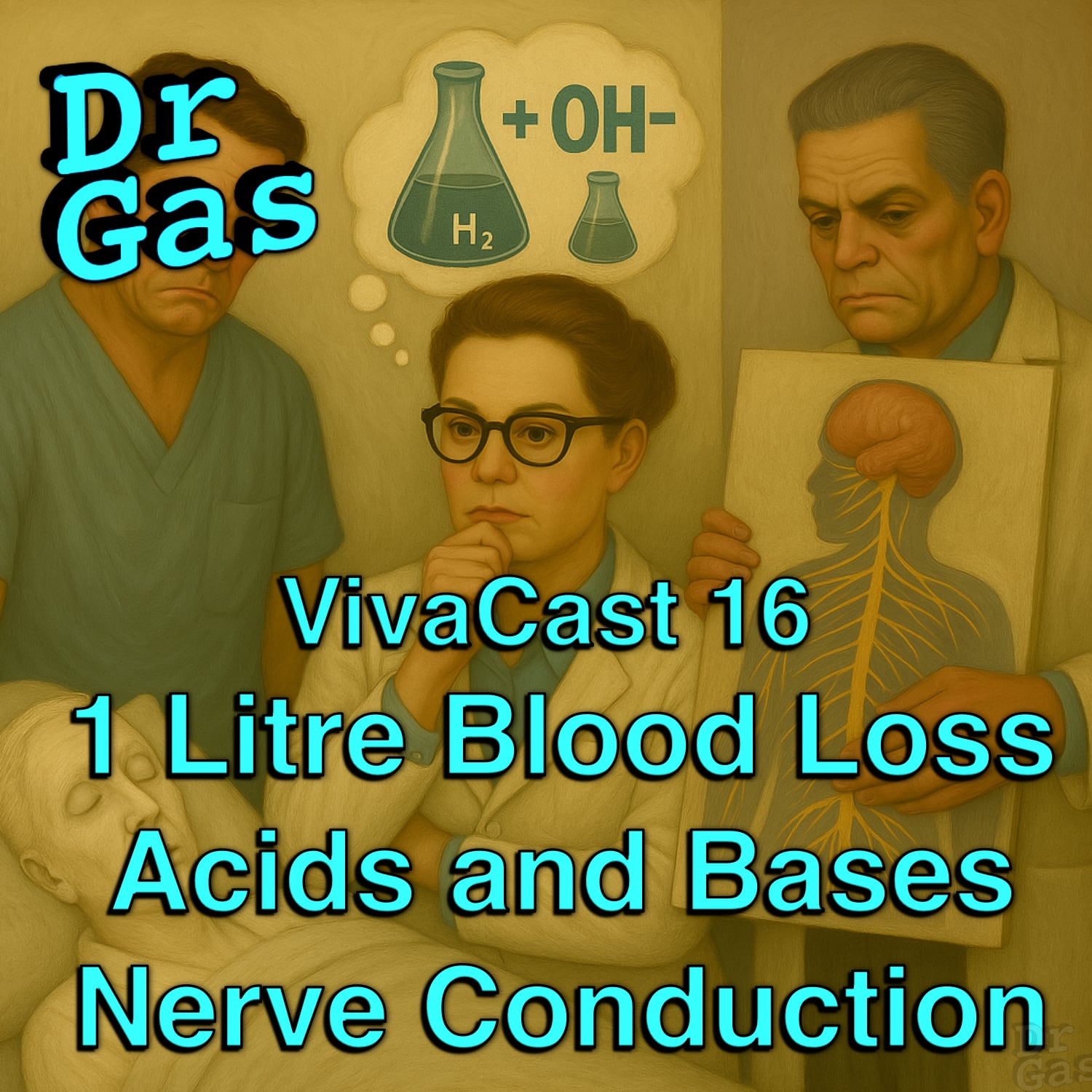
VivaCast 16 – 1 Litre Blood Loss, Nerve conduction and pH
In this VivaCast episode, we simulate a comprehensive FRCA Primary physiology viva covering three key topics: Each topic is explored in a structured manner to reinforce model answers and develop effective exam techniques. Don’t forget to check out all the other vivacast episodes! What are the physiological effects of a 1-liter hemorrhage? A 1-liter hemorrhage…
-
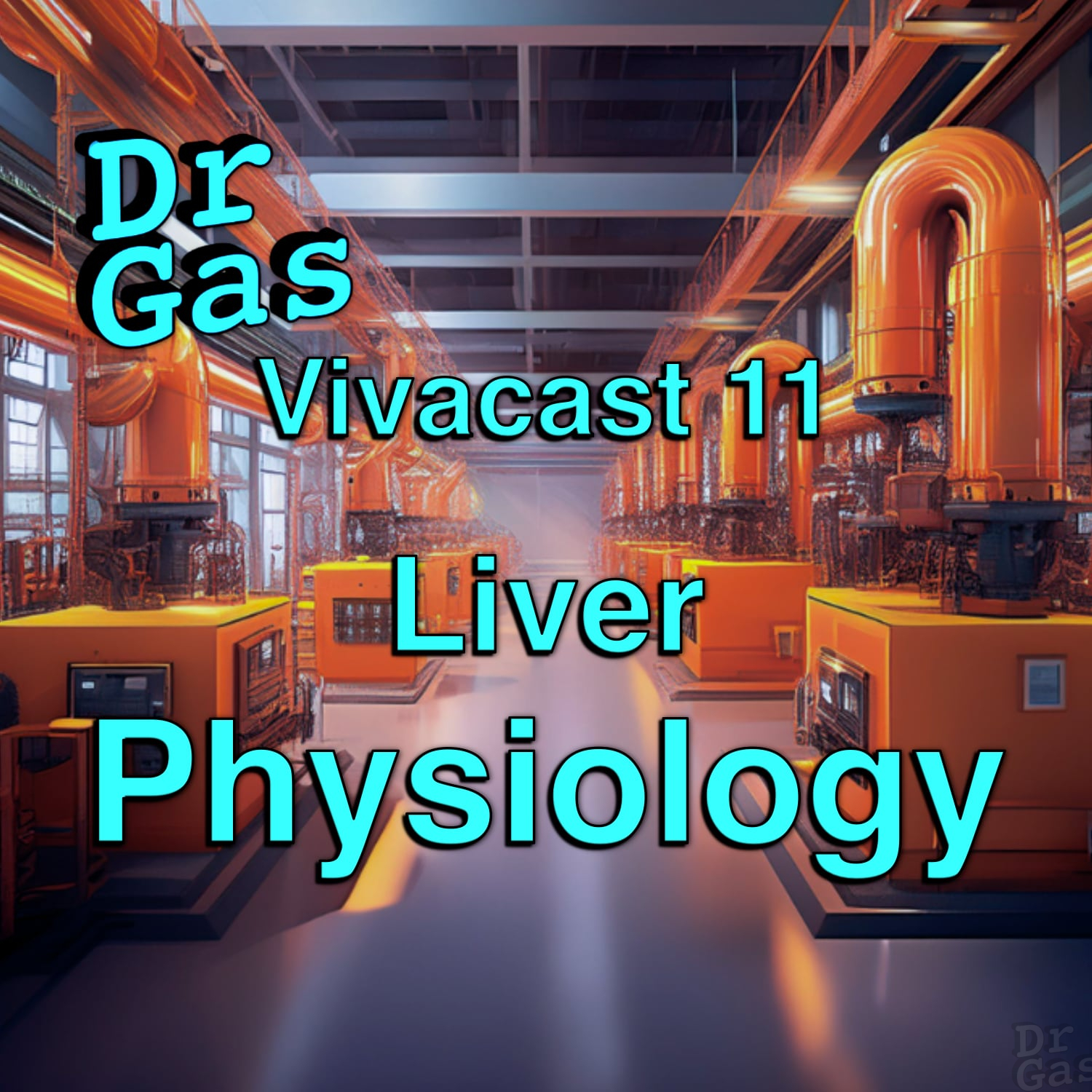
VivaCast 11 – Liver Physiology
Tom and James wade through FRCA Liver Physiology, we debrief afterwards where we try and devise a way to talk about all its functions without listing out something written on our arms! Checkout Ep 10 – Michaelis Menten – Mass action – Enzyme kinetics for looking at the enzyme kinetic side of the Phase I…
-
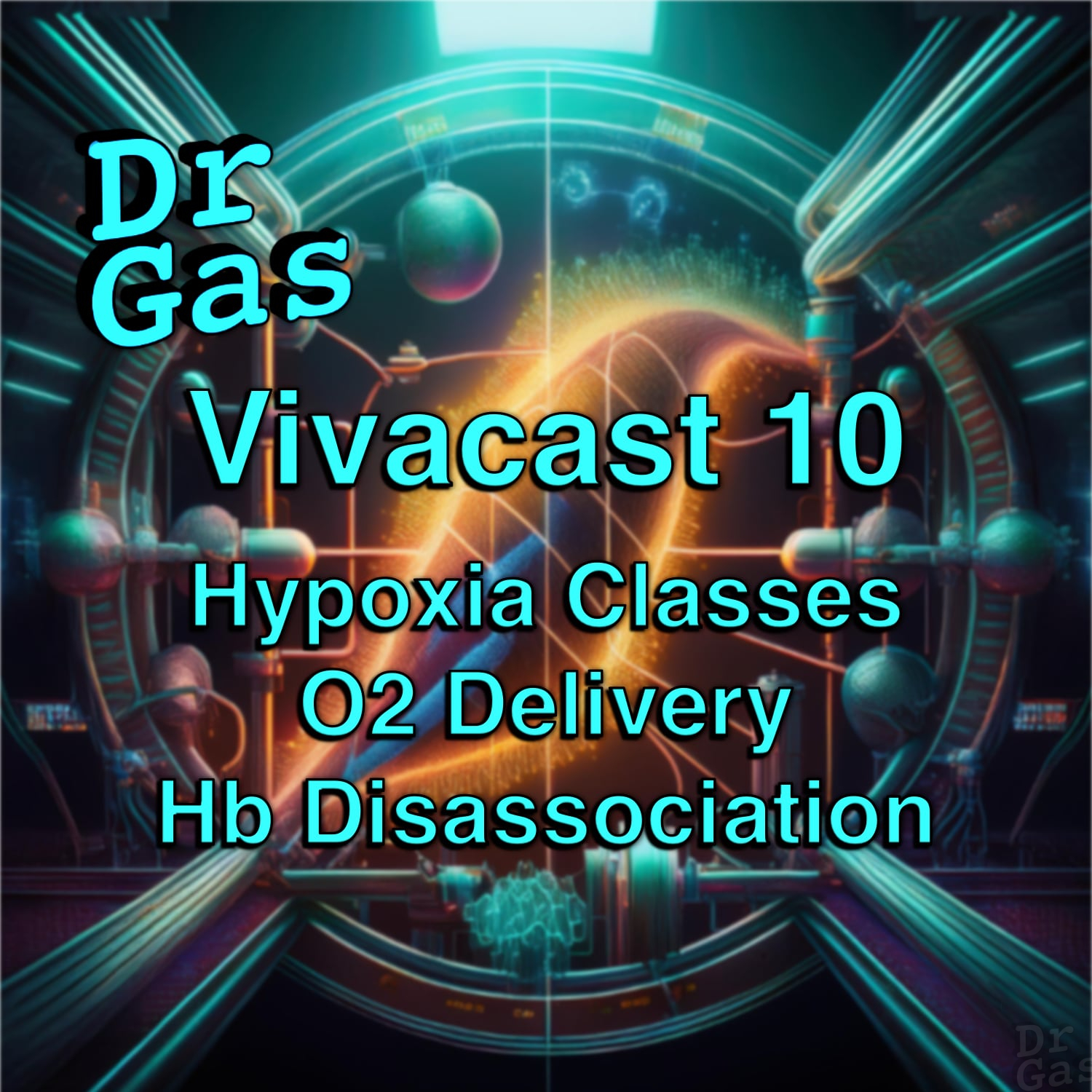
Vivacast 10 – Hypoxia Classification, Delivery, Saturations
Tom gets quizzed on what defines hypoxia, how oxygen is delivered to tissues and how the oxyhemoglobin disassociation curve behaves. Other episodes to check out include oxygen storage plus alveolar gas exchange and the oxygen cascade. Oxygen Delivery Classification of Hypoxia – Think about these as different ways oxygen fails to get to the mitochondrial…
-
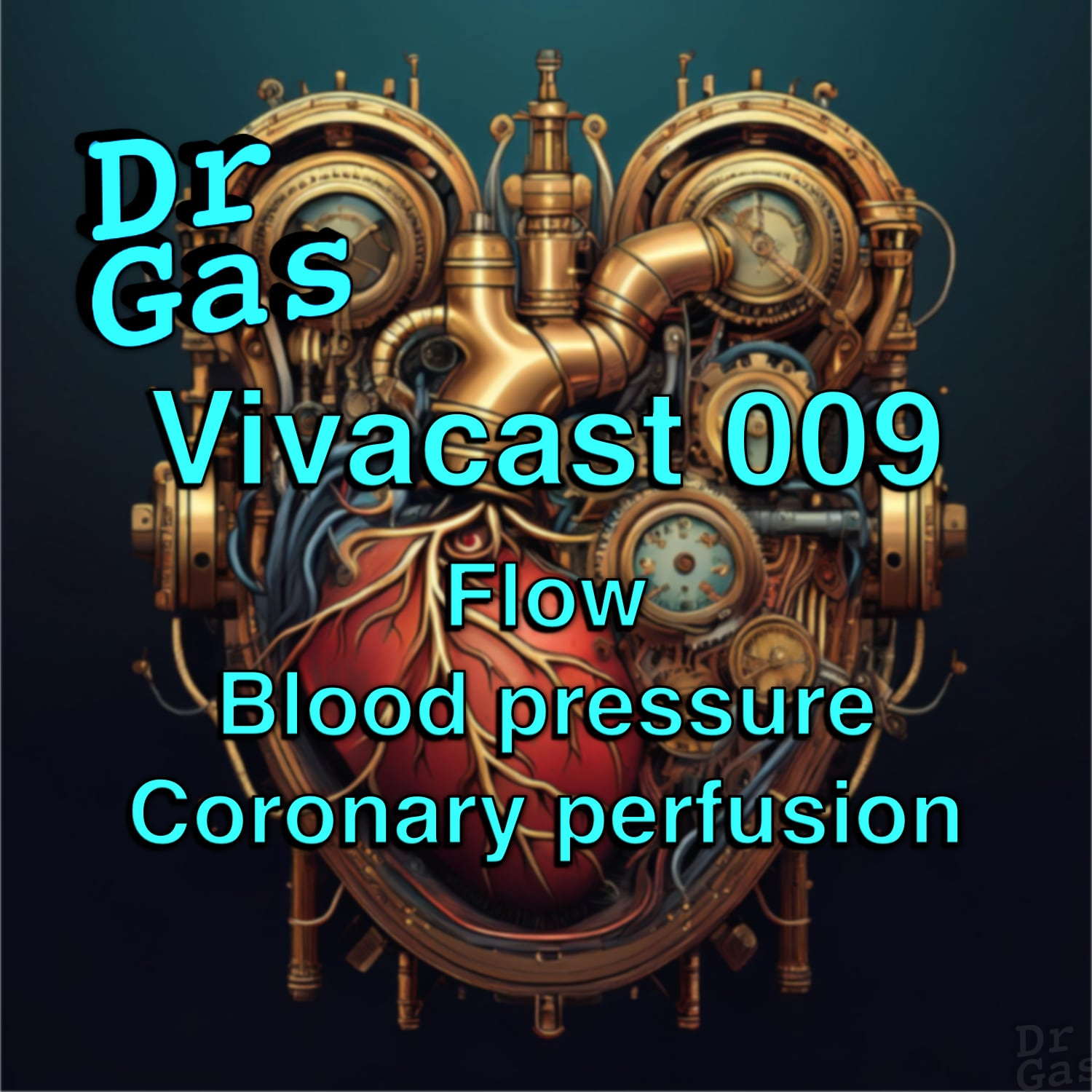
Vivacast 09 – The Cardiac Cycle, Coronary Perfusion With Flow & Resistance
Tom talks Cardiac Cycle, Coronary Perfusion and breaks down Blood pressure and the Hagen–Poiseuille Law, There is a debrief and extra detailing at the end in very quick fire ‘words that convey you know what you’re on about’ sot of standing. Check out VivaCast 006 for more oxygen fun, and episode 002 for how carbon…
-
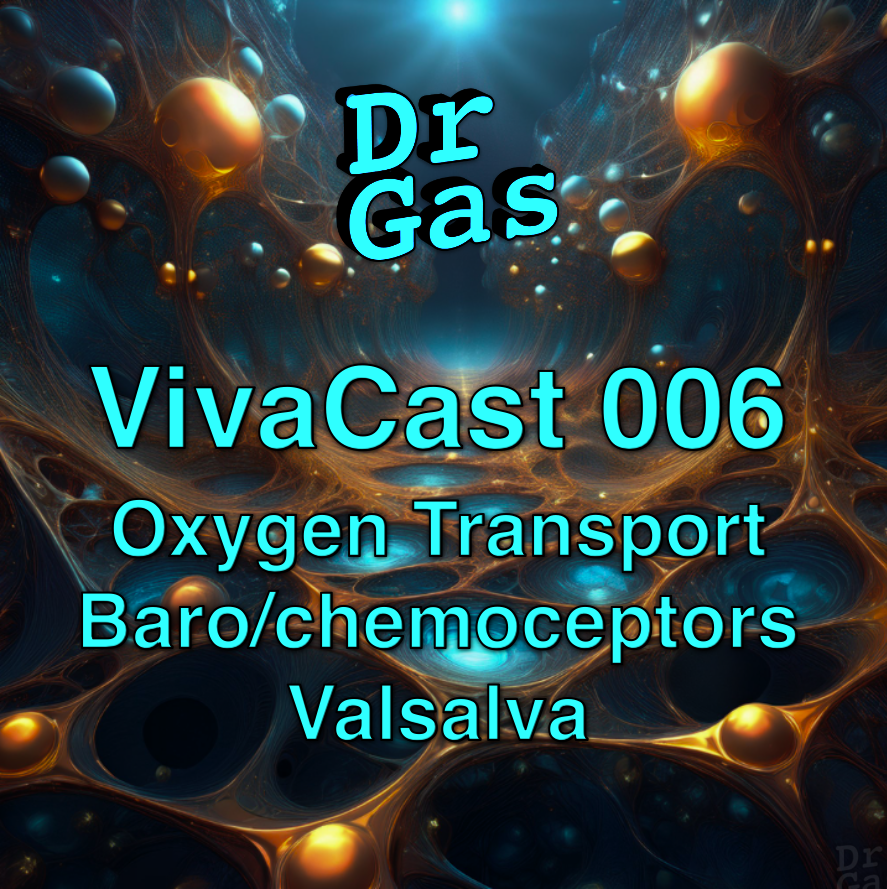
VivaCast 6 – Alveolar Gases, Oxygen Cascade, Partial Pressure Sensing and the Valsalva Manoeuvre
FRCA Vivacast Assessing: The start doesn’t go well, with some Alveolar Gas equation wobbles – but Tom cuts through it moves on and speaks fluently throughout the rest, you can’t let one bit throw you off everything! What Is the Alveolar Gas Equation The Alveolar Gas Equation calculates the amount of oxygen as a fraction…
-
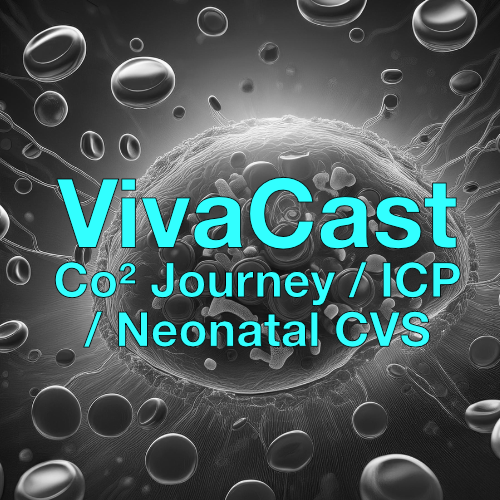
Vivacast 02 – CO2 Transport – Intra-Cranial Pressure – Neonatal Physiology
This is an FRCA Physiology Viva Comprising three questions, we quizzed my voluntary victim Tom on: How is CO₂ transported from tissues to the atmosphere? CO₂ produced in tissues is transported via blood to the lungs, primarily as bicarbonate ions, dissolved CO₂, and carbamino compounds, and is then exhaled through alveolar ventilation. CO2 Journey CO2…
